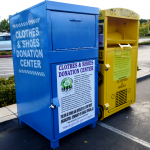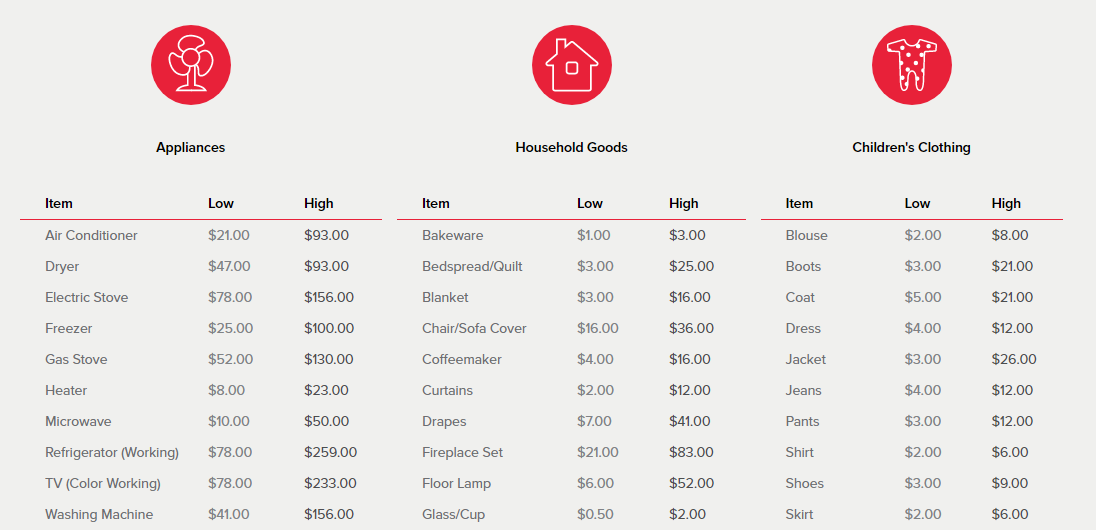If you are one of the lucky taxpayers who can still take advantage of the Schedule A Itemized Deductions, you can turn that Saturday lost to clearing out the garage into a nice tax deduction next spring.
Choose your donation location.

Before dropping your donation off in that clothing bin you pass on your way to work, check out the organization listed on it. Not all of them belong to non-profits. To be deductible, the charity must be a legitimate Tax Exempt Organization as determined by the IRS. Certain groups who are still qualified charities do not appear in the database, such as religious organizations, government agencies, and groups using a DBA (a “doing business as” alternate name).
If you want to take it a step further, you can check out independent ratings of potential charities on Charity Watch and Charity Navigator before deciding where to take your largess.
What’s deductible?
Your non-cash donations can be almost any property the charity is willing to accept, but the most common kinds are household goods, such as appliances, electronics, clothing, and furniture.
For your donation to be deductible, IRS rules dictate that your items must be in good or better, gently used condition . Appliances should be in safe working condition, and fabrics must be free of stains and holes. You will need to keep a record of the items you’ve donated, their condition, and their fair market value. Grabbing a few snapshots may be useful.
The fair market value can vary by region. You are looking to estimate roughly the yard sale or consignment shop selling price in your area. Goodwill and The Salvation Army provide value lists for common items as a guide. IRS Publication 561 offers further guidance. A form for keeping track of your donation can be found here.
If the clutter in your garage is an old car or boat, special rules apply. How it is used or sold by the charity determines whether you can deduct the fair market value or only the actual selling price. You should receive a Form 1098-C from the charity within 30 days to give to your tax professional.
Document it.
When you are dropping off your donation, request a receipt from an organization staff member. You will need to fill it out with the information you determined earlier. Donations whose total value is greater than $250 require written acknowledgement from the charity. If your sum of non-cash gifts for the year total more than $500, you will need to submit Form 8283 Noncash Charitable Contributions with your tax return.
If you make a substantial non-cash donation valued over $5000 (such as antiques, jewelry, or art), a qualified appraisal is required to be included with your documentation from the charity.
One more caveat…
You cannot have received a benefit valued at more than the donation. If you received merchandise, food, event tickets, etc. in exchange for your charitable gift, only the portion greater than the fair market value of the benefit you received in return is deductible.





